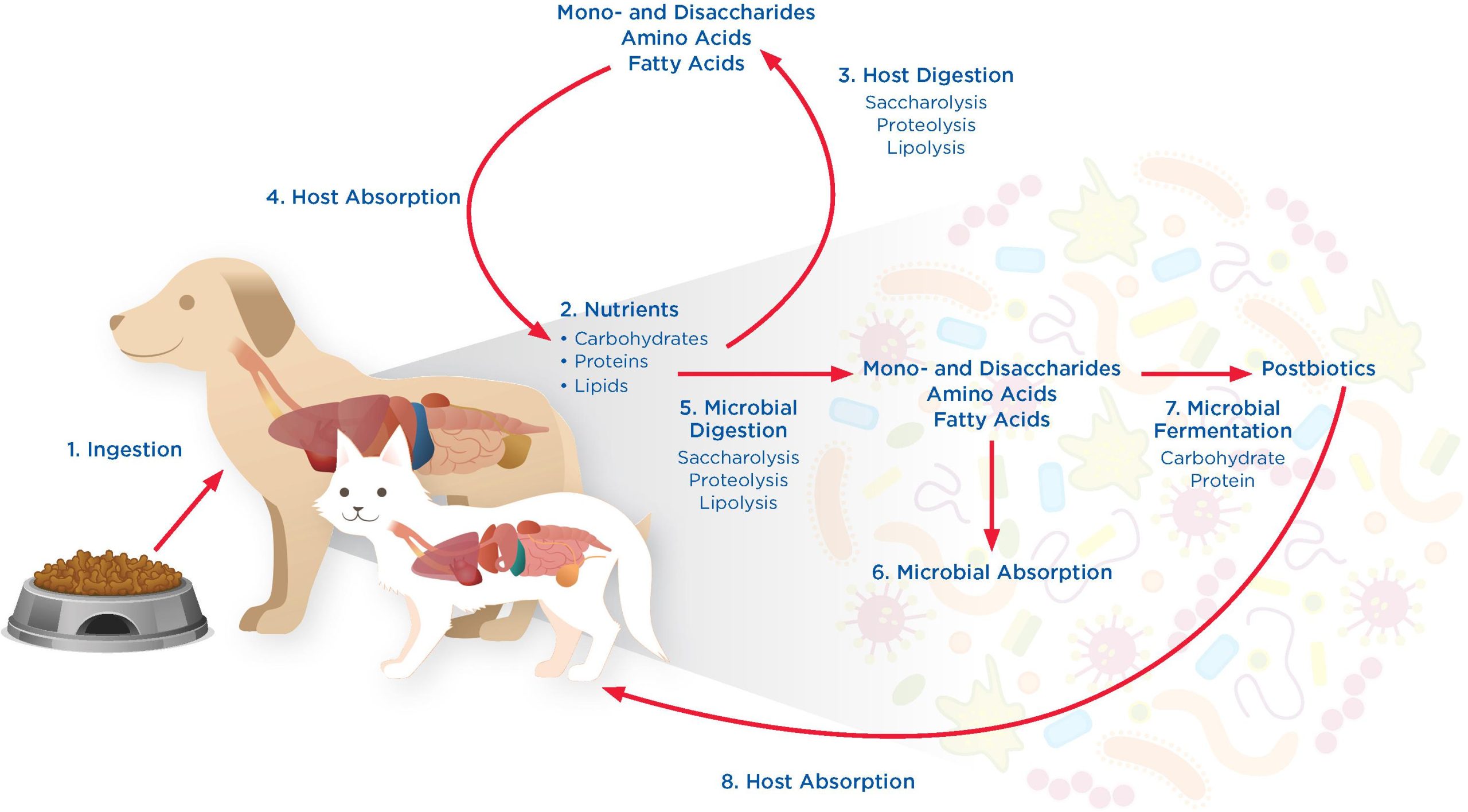Consult your veterinarian before using metformin for your pet. It’s not a cure-all, but a potential treatment option for specific conditions.
Diabetes Mellitus: Metformin helps manage canine and feline diabetes by improving insulin sensitivity and reducing glucose production in the liver. Studies show it can enhance glycemic control, potentially reducing the need for higher insulin doses.
Dosage and administration vary greatly depending on the pet’s size, condition, and other medications. Your vet will determine the correct regimen.
Hyperglycemia in Non-Diabetic Patients: Metformin may aid in managing elevated blood sugar levels in pets with certain illnesses like Cushing’s disease, where insulin resistance is a factor. However, it is not a primary treatment for Cushing’s and should be used in conjunction with other therapies your vet recommends.
Acromegaly: This hormonal disorder can also lead to high blood sugar. Metformin, along with other treatments prescribed by a vet, may be considered to manage blood sugar levels in affected animals.
Potential Side Effects: Gastrointestinal upset (vomiting, diarrhea) is possible. Rarely, more serious side effects occur. Close monitoring by your veterinarian is crucial.
Drug Interactions: Metformin interacts with some medications. Always inform your vet about all medications your pet is taking to prevent adverse reactions.
Conclusion: Metformin’s role in veterinary medicine is expanding. Its use requires careful veterinary assessment and monitoring. Regular checkups and blood tests are necessary to ensure your pet’s safety and treatment effectiveness.



